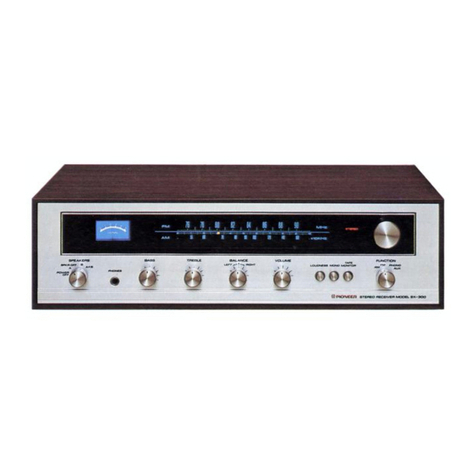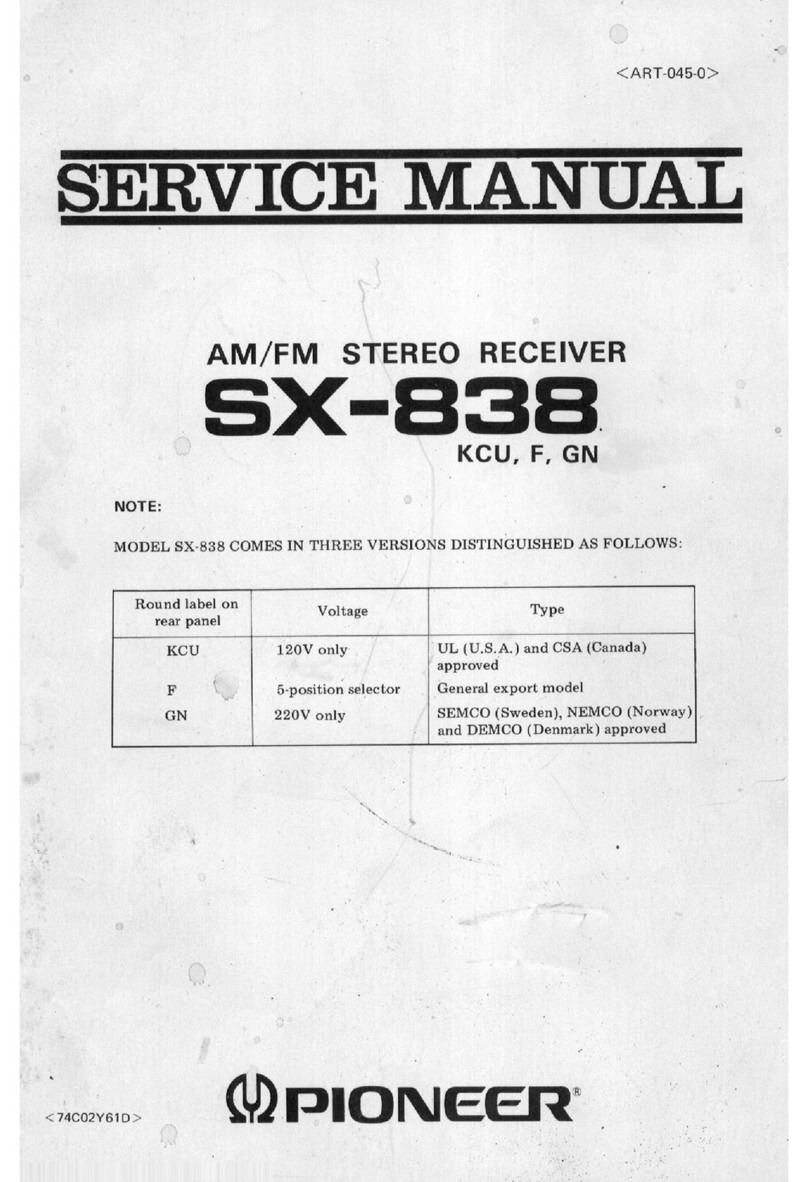Pioneer SX-2600 User manual
Other Pioneer Stereo Receiver manuals
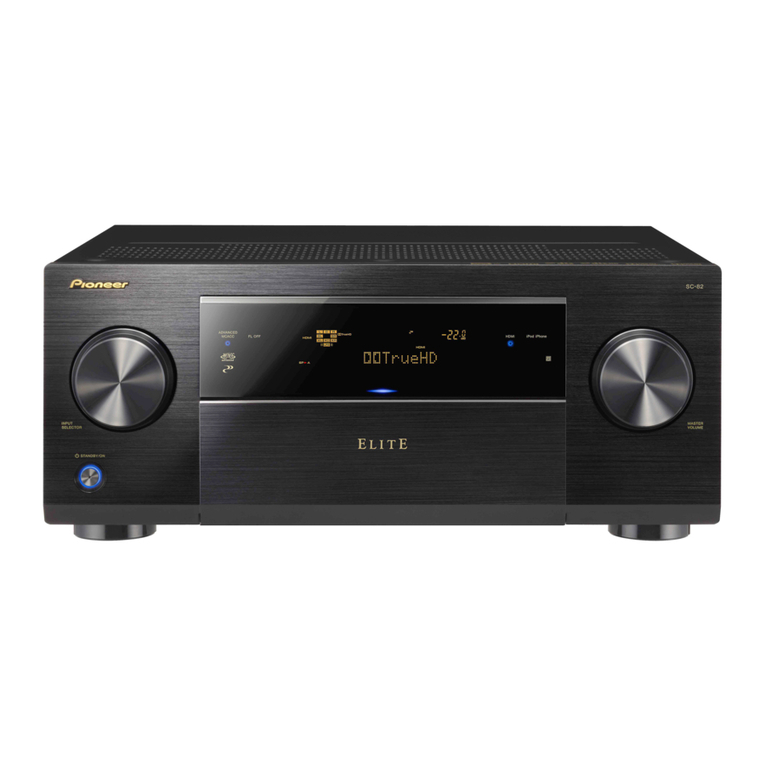
Pioneer
Pioneer Elite SC-82 User manual

Pioneer
Pioneer SX-535 User manual
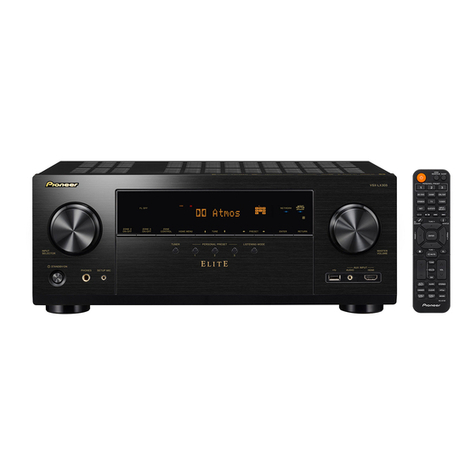
Pioneer
Pioneer ELITE VSX-LX305 Manual
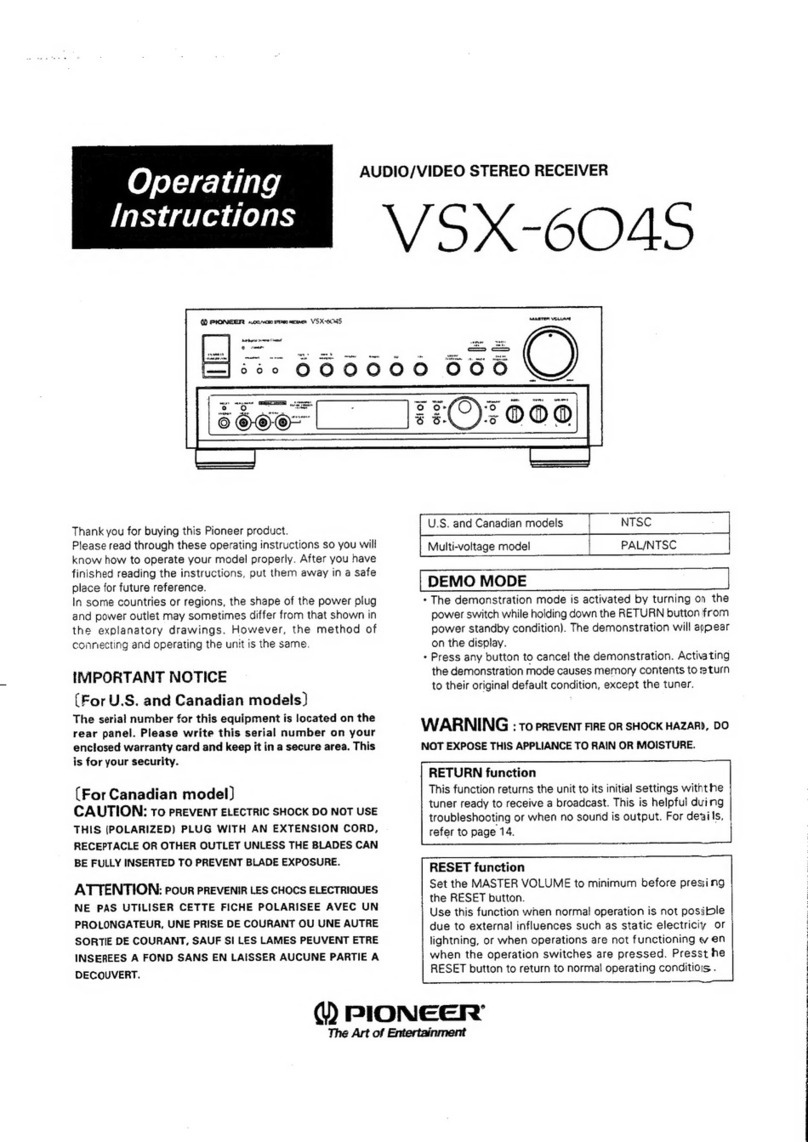
Pioneer
Pioneer VSX-604S User manual
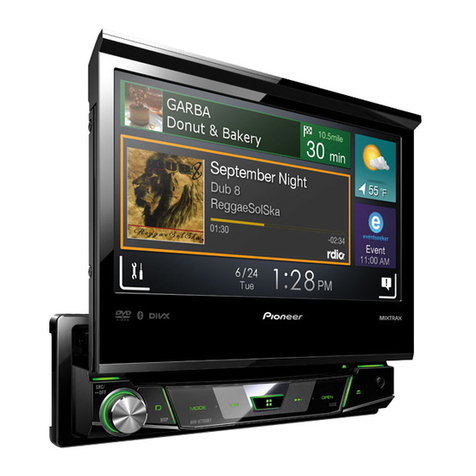
Pioneer
Pioneer AVH-X7700BT User manual
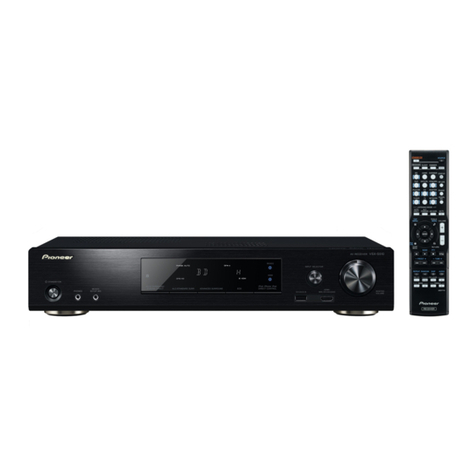
Pioneer
Pioneer VSX-S510 User manual
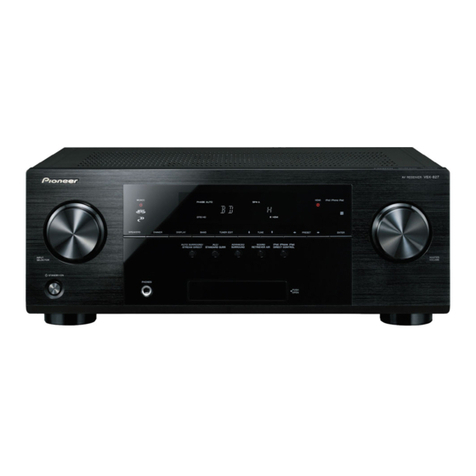
Pioneer
Pioneer VSX-827-K User manual

Pioneer
Pioneer SX-5LHE User manual
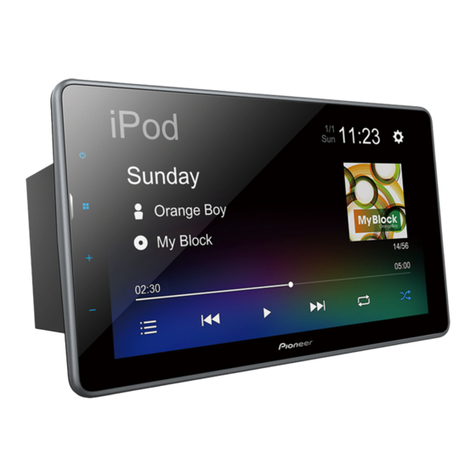
Pioneer
Pioneer DMH-AF555BT User manual
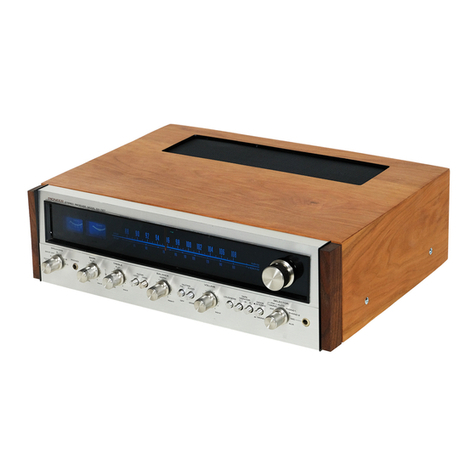
Pioneer
Pioneer FW User manual

Pioneer
Pioneer VSX-501 User manual

Pioneer
Pioneer SX-255R User manual
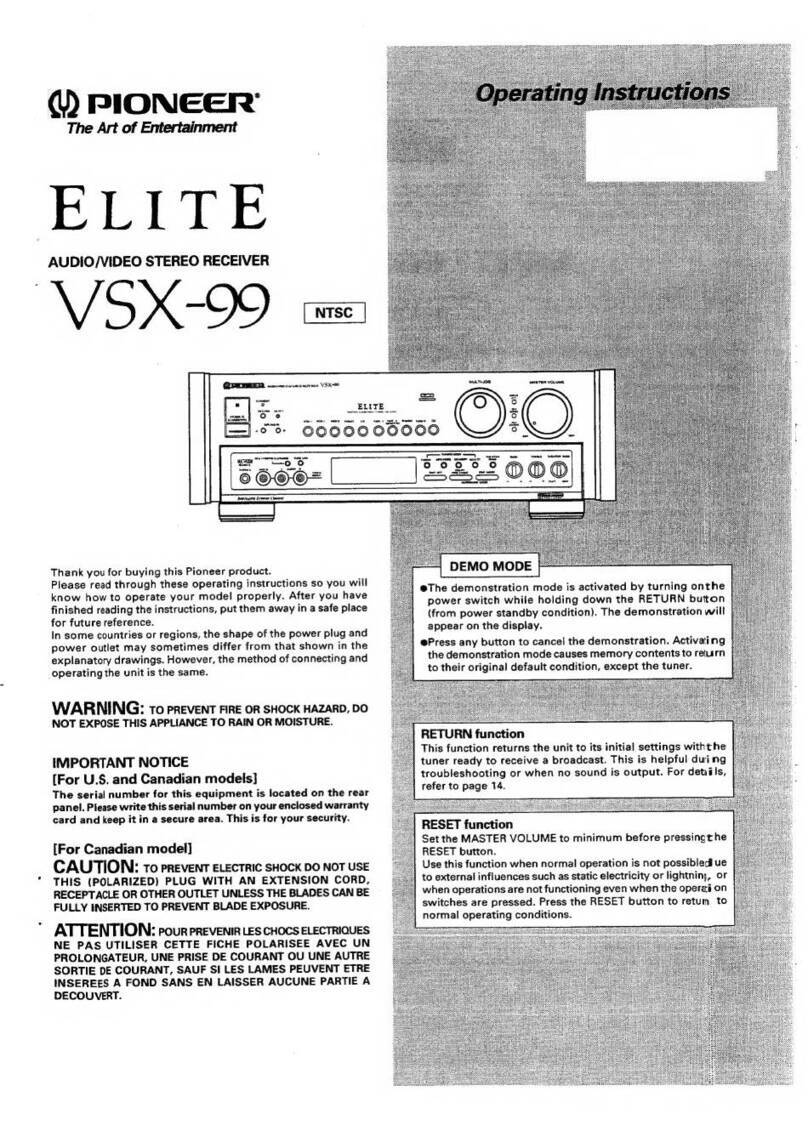
Pioneer
Pioneer ELITE VSX-99 User manual
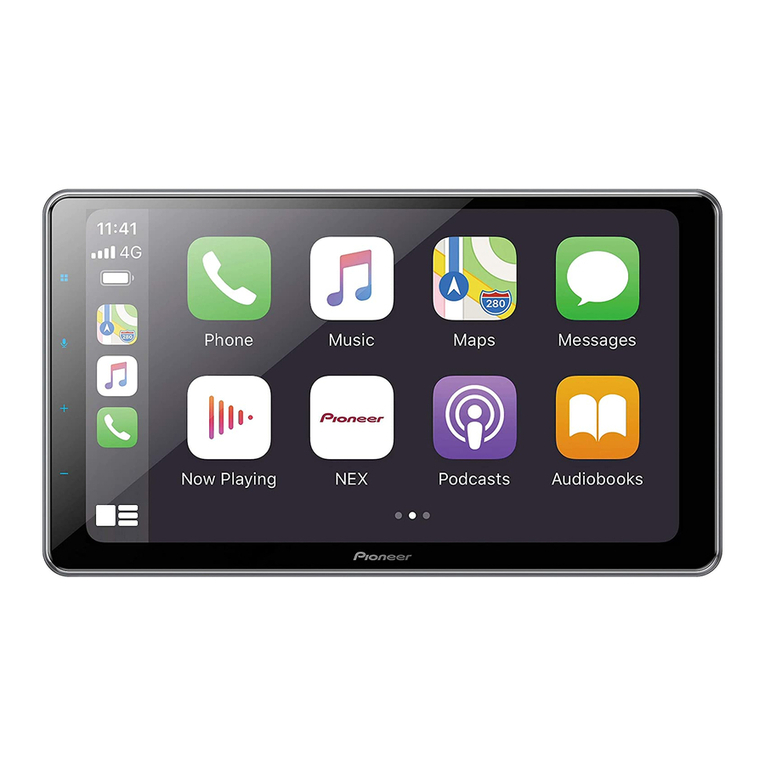
Pioneer
Pioneer DMH-WT8600NEX User manual
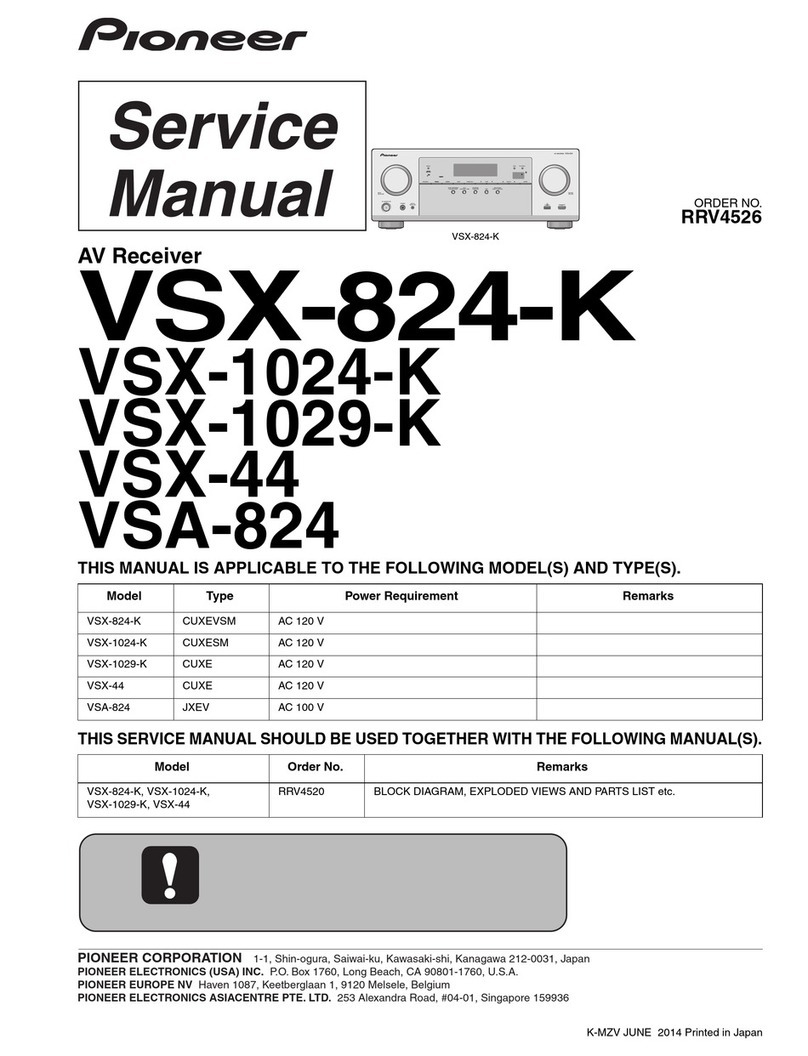
Pioneer
Pioneer VSX-824-K User manual
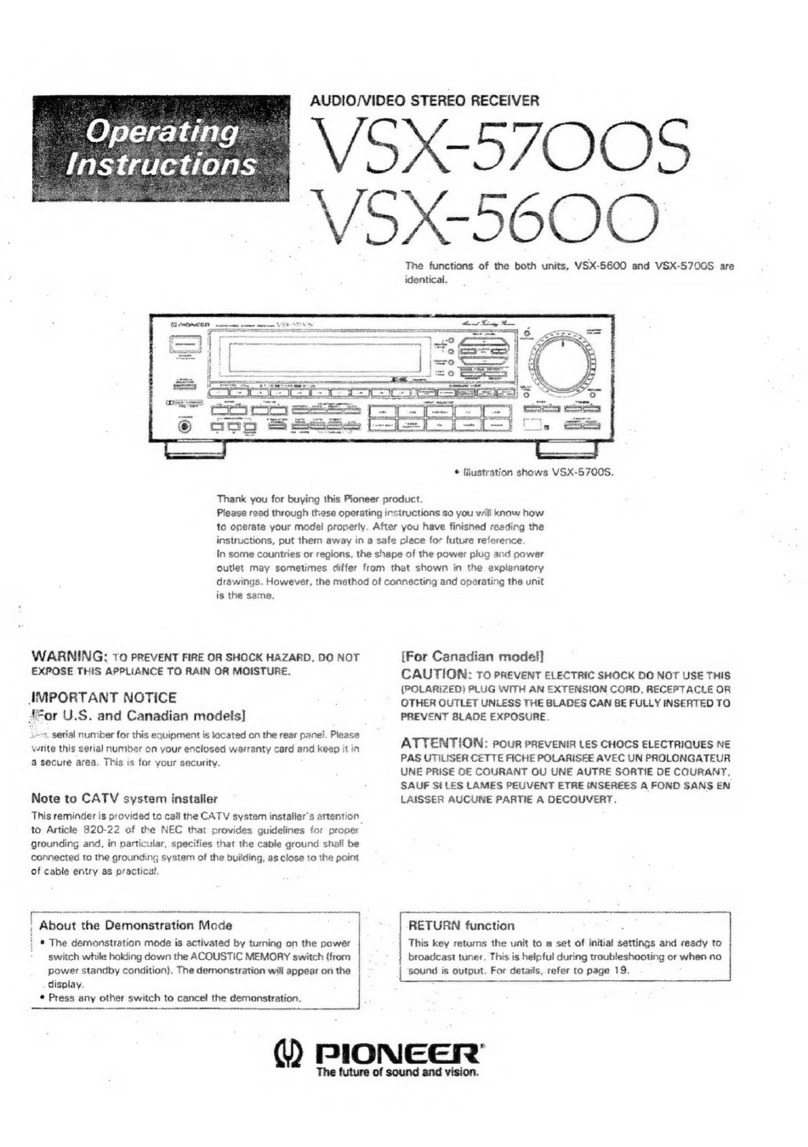
Pioneer
Pioneer VSX-5700S User manual

Pioneer
Pioneer AVH-Z7050BT User manual
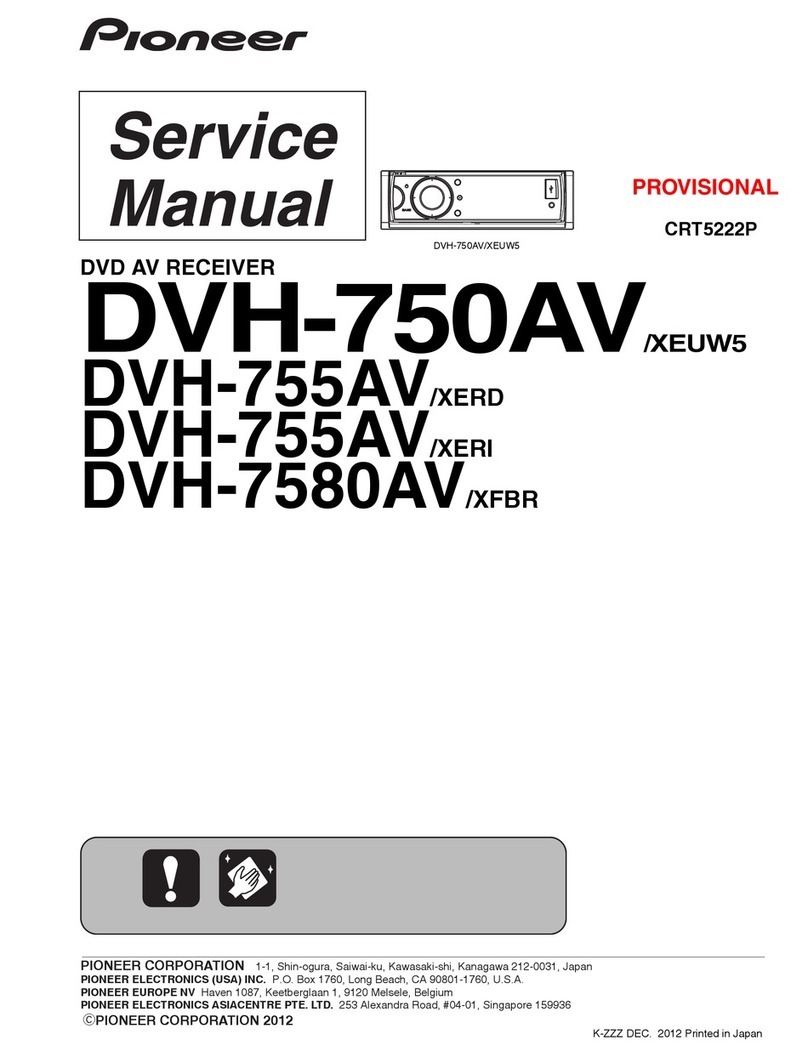
Pioneer
Pioneer DVH-750AV/XEUW5 User manual
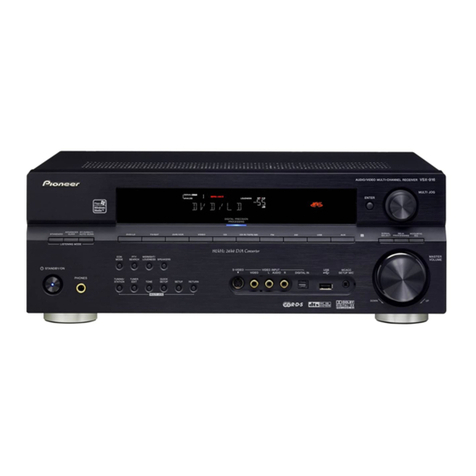
Pioneer
Pioneer VSX916 User manual
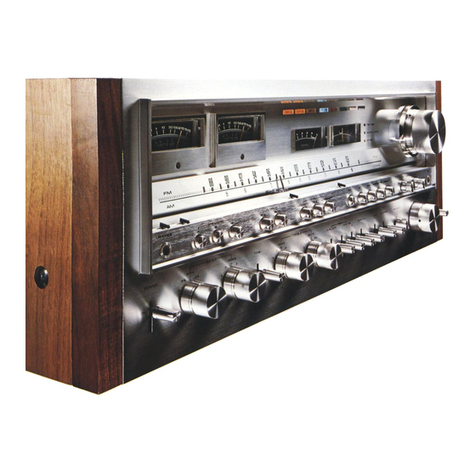
Pioneer
Pioneer SX-1980 User manual
Popular Stereo Receiver manuals by other brands

Sony
Sony STR-DE535 - Fm Stereo/fm-am Receiver operating instructions

Yamaha
Yamaha MusicCast TSR-5B3D owner's manual

Sony
Sony STR-DG500 - Multi Channel Av Receiver Service manual

Sherwood
Sherwood Newcastle RX-770 operating instructions

Panasonic
Panasonic AJSD955B - DVCPRO50 STUDIO DECK Brochure & specs
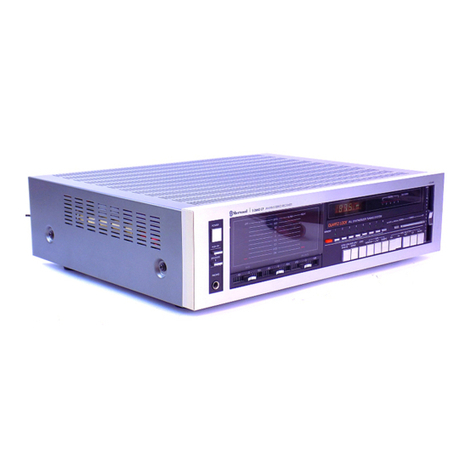
Sherwood
Sherwood S-2660CP operation instruction

